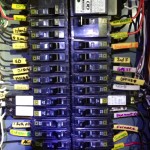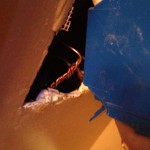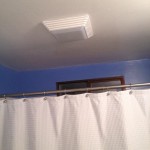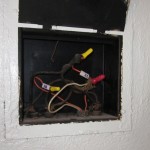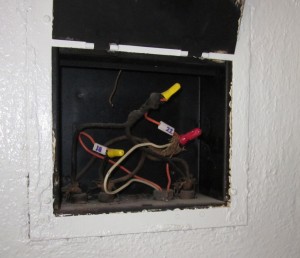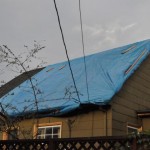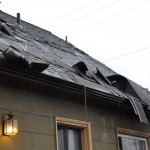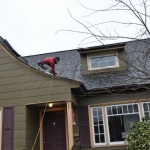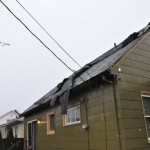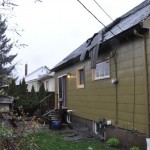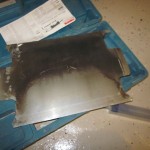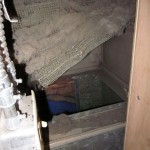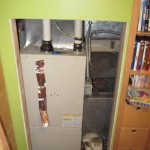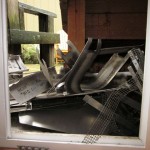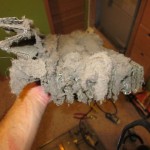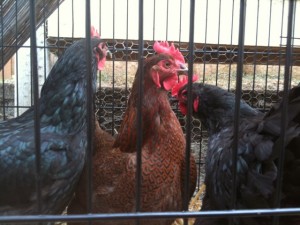After many hours, much help, and a few long hiatuses, I finally finished rewiring the house this weekend. The last two circuits involved moving some junction boxes left over from the kitchen remodel of 2001-ish to a place where they would remain accessible after we drywall the basement ceiling. Only half-jokingly, the genesis for this project was an order of operations problem so that we could build a bookshelf in the office.
So what was involved in the project? Well, in July, we had a professional install a new panel for 200 Amp service (from 125 Amp) and hook up new service. The guy did a brilliant job of unhooking everything, adding a new panel, and then reconnecting everything using newer breakers. However, that’s where the fun really began. After the new panel, we planned out several new branch circuits, including things like converting the fridge, radon, crawlspace, basement lights and home theater circuit in to just the home theater circuit. There were about five circuits that really seemed to be high priority to reduce load on some already overloaded and somewhat haphazardly connected circuits.
With the exception of first floor lighting, we replaced the wiring on all the older branch circuits wit the exception of some of the kitchen circuits. The first floor lighting wiring is original metal-clad, 2 conductor wiring. It was in surprisingly good shape, and rather than destroy the ceiling to replace it, we left those runs in place.
The bathrooms proved to be challenging. Part of the challenge was that they were on multi-room circuits. Part of the problem was that the circuits weren’t entirely Ground Fault Circuit Interruptor (GFCI) protected. Part of the problem was that the fans were on the same switch as the light. Part of the problem was that one of the fans vented in to the wall void. And so on. Now, the bathrooms are in a better place, though it turns out you can’t have a quiet, efficient fan with a light in a 2″ x 4″ ceiling. The replacement fan for upstairs is 80% as loud and effective as the last.
The last part was to clean up the panel itself. Harrowing work, but also kind of fun. Who doesn’t like some excitement? After seeing some instructional videos and pictures of panels that were wired as part of new construction, my rewire panel was rather ugly. I did some cleanup, but discovered that my panel was already cleaner than many. The last item of business was to then add several Arc Fault Circuit Interruptors (AFCI) to bedrooms and to the main lighting circuit (which included the oldest wiring and a few dead-in-wall runs).
All told, the project took much of July, a weekend in August before we changed gears to paint the house, a weekend in November, a couple days in December, several weekends in January and finishing in the second weekend in February. I only got shocked once (which happened while drywalling, ironically), and one arc fault on a rewire of a 3-way lighting circuit when the ground wire came in to contact with the hot terminal.
When projects take this long, you tend to forget how much work (and money) went in to them, and there’s only so much excitement that comes from new outlets, but given some of the nightmares that I found in the walls, I’m far more comfortable now with my knowledge of the new wiring and circuits.
